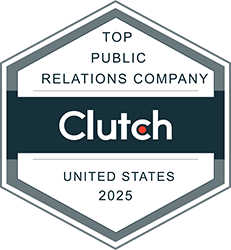The BIGteam hosts monthly “Lunch and Learn” conversations to discuss social issues, share industry tips, and allow team members to learn PR skills from experts in the field. As part of our series this month, Dianne Austin, director of DEI at Massachusetts General Hospital and co-founder of BIGclient, Coils to Locs, a supplier of coily, curly synthetic wigs for women experiencing hair loss, spoke to our team on how to watch out for unconscious bias in the workplace.
So what is unconscious bias? How does it show up in the workplace? And how can we overcome it? Here’s what Dianne had to share:
What is Unconscious Bias?
According to Dianne, unconscious biases are the mental shortcuts and judgements we can make about other people that we may not be aware of. They’re the stereotypes, both good and bad, that we have about others without actually knowing them personally. These biases are learned thought patterns, given to us by our family, the media, and other outside sources. Though we may not be consciously aware of them, these biases affect the way we engage with others in a multitude of ways.
What Kinds of Biases Show Up in the Workplace?
Unconscious biases show up both in the hiring process and once a candidate joins the team. There are a few examples of biases that can show up in the workplace:
- Halo vs. Horns Bias: This is when an employee makes a blanket decision about who someone is based on a “positive” or “negative” attribute they have. For example, missed deadlines, poor performance and work tardiness may be overlooked in an employee who is conventionally attractive because of their looks. Their physical attributes overshadow the reality of their behavior.
- Affinity Bias: This is when employees only connect with and spend time with employees they feel have similar backgrounds, interests and cultural perspectives as them.
- Name Bias: This is when assumptions are made about an employee solely based on their name. For example, when looking to hire someone new, a manager favors a traditionally white named candidate over a traditionally Black named candidate, despite the candidates having similar skill sets.
- Conformity Bias: This is when an employee’s opinion changes to match the opinion of the group. For example, when a hiring team gathers to review job candidates, conformity bias can cause an individual to sway their opinion of a candidate based on the majority opinion.
- Nonverbal Bias: This is when an employer assigns negative attributes to an employee or job candidate due to their body language, such as a handshake or hand gestures.
It is important to also recognize when biases show up and how to look out for them.
- Common Biases in the Hiring Process:
- Showing a preference for candidates who have gone to certain colleges.
- Assuming that someone with an accent is not a good communicator.
- Looking for a candidate who will be a “good fit” based on personality and interests, rather than skill sets and work experience.
- Common Biases that Occur Post-Hire
- Not including the employee in casual conversations or social gatherings.
- Assigning negative attributes to employees. For example, not assigning projects to employees who appear “quiet” or “reserved.”
- Being less forgiving. For example, halting project assignments to an individual after one mistake resulting in a shorter learning curve to their progress.
How Do We Mitigate Unconscious Bias in the Workplace?
It is important to recognize that we all have unconscious biases to some extent, but we’re all responsible for mitigating them to the best of our ability.
Here are Dianne’s five steps to overcoming implicit bias:
- Be aware that you have biases.
- Make the effort to understand what your biases are and correct them.
- Take steps to remove biases from your hiring process: For example, standardize interview questions to give a fair chance and focus on skill set, rather than personality traits.
- Create and promote an inclusive culture where employees hold each other accountable: Be purposefully inclusive – hold a lunch for new employees so they can get to know the whole team, or assign projects to all employees and not just a select few. If an employee says something that seems exclusive or derogatory, let them know their comment may be hurtful, and encourage them to think about how their words may affect others
- Expand your network: Seek diversity in new friendships and surround yourself with different people to minimize subconscious implicit biases.
The BIGteam wants to say a BIGthanks to Dianne Austin for masterfully guiding us through this complex and relevant issue. It’s not easy, but being aware of the ways your workplace fosters or doesn’t foster inclusivity is the first step to positive change.
Let us know how your workplace is overcoming unconscious biases by tweeting us @BIGfishPR and make sure to check out Coils to Locs to learn more about Dianne and her company.


